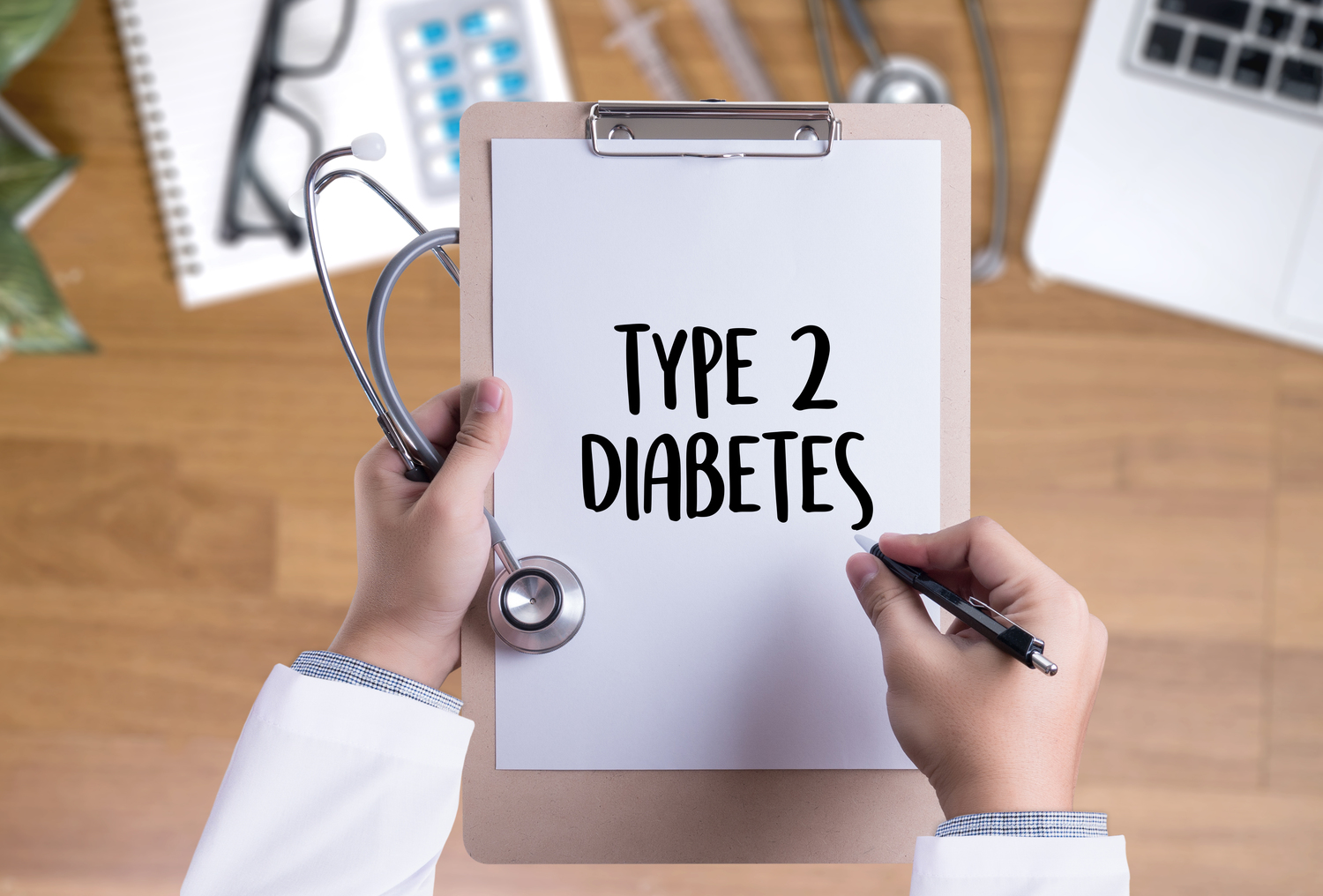
The Different Types of Diabetes
The World Health Organization (WHO) estimates over 422 million diabetics worldwide, and the rates of diagnosis in younger and younger patients in on the rise. Diabetes is characterized as a worldwide health epidemic, which results when the pancreas either cannot produce adequate insulin or when the body is unable to utilize insulin production to safely regulate blood sugar. Diabetes of all types requires immediate management to control hyperglycemia (increased blood sugar) otherwise damage is imminent to several body tissues, organs, systems, nerves and blood vessels. Uncontrolled diabetes can also cause loss of limbs, kidney failure, heart attack, stroke, blindness, and fatality.
Here are the most prevalent (i.e., type 2 diabetes) and lesser known types of diabetes:
1. Type I diabetes
Type 1 diabetes, or insulin dependant diabetes, is a form of autoimmune disease that impedes the bodily production of insulin for healthy blood glucose. Type 1 diabetes actually prompts the body to attack the insulin producing beta cells within the pancreas, which is why it falls under the autoimmune condition category. While type I diabetes is most often diagnosed in child patients (and referred to as juvenile diabetes for this reason), symptoms have been known to crop up in older patients as well. This type of diabetes must be managed via insulin injections or by insulin pump, which delivers continuous subcutaneous insulin therapy to keep blood glucose levels balanced and healthy.
2. Type II diabetes
Type 2 diabetes, also known as hyperglycemia or insulin resistant diabetes, results when the body is unable to produce adequate insulin levels in order to metabolize sugar (or glucose). This causes excessively high blood glucose levels, which can be dangerous to tissues and organs if left unmanaged. Diet can be troublesome for type 2 diabetics, particularly dietary sugar so patients must monitor the foods they eat closely. While many type II diabetics can manage their condition via diet alone (their known as non-insulin dependant), some need to balance blood sugar by taking insulin medication or injections. Type 2 diabetes is most often diagnosed after age 40-years old, however, type 2 is becoming more prevalent in children, teens, and younger adults.
3. Gestational diabetes
Most expecting mothers are tested for gestational diabetes during the third trimester, or between 24 and 28 weeks of pregnancy. This type of hyperglycemia is marked by increased blood glucose levels during the remainder of the pregnancy, but typically goes away after delivery. These spiking glucose levels are caused by hormonal changes, and specifically insulin resistant hormones produced by the placenta, as the fetus growth demands increased insulin of up to 3 times the typically amount. Gestational diabetes is quite common with 1 in every 20 expectant moms developing the disease. While this can signal both mom and baby are at risk, gestational diabetes can be managed with diet, exercise, and in rare cases insulin medication.
4. Cystic fibrosis related diabetes (CFRD)
CFRD is a specific type of diabetes found in patients who also have cystic fibrosis (CF). In fact, diabetes is found in around 50% of adult CF patients. Diabetes can occur in CF patients for a few reasons, including:
- Corticosteroids: The long-term use of these medications to treat CF is also liked to insulin resistance.
- Scarring to the pancreas: This type of damage is common in CF patients and may lead to the pancreas’ inability to produce adequate insulin.
5. Type 3 diabetes
Type 3 diabetes is found in patients with insulin resistance (or type 2 diabetes) that also have Alzheimer’s disease. In fact, medical researchers have found that roughly 65% of patients with insulin resistant diabetes in the brain develops Alzheimer’s disease due to amyloid beta protein deposits in the brain tissues, which is what triggers insulin resistance and the onset of Alzheimer’s.


